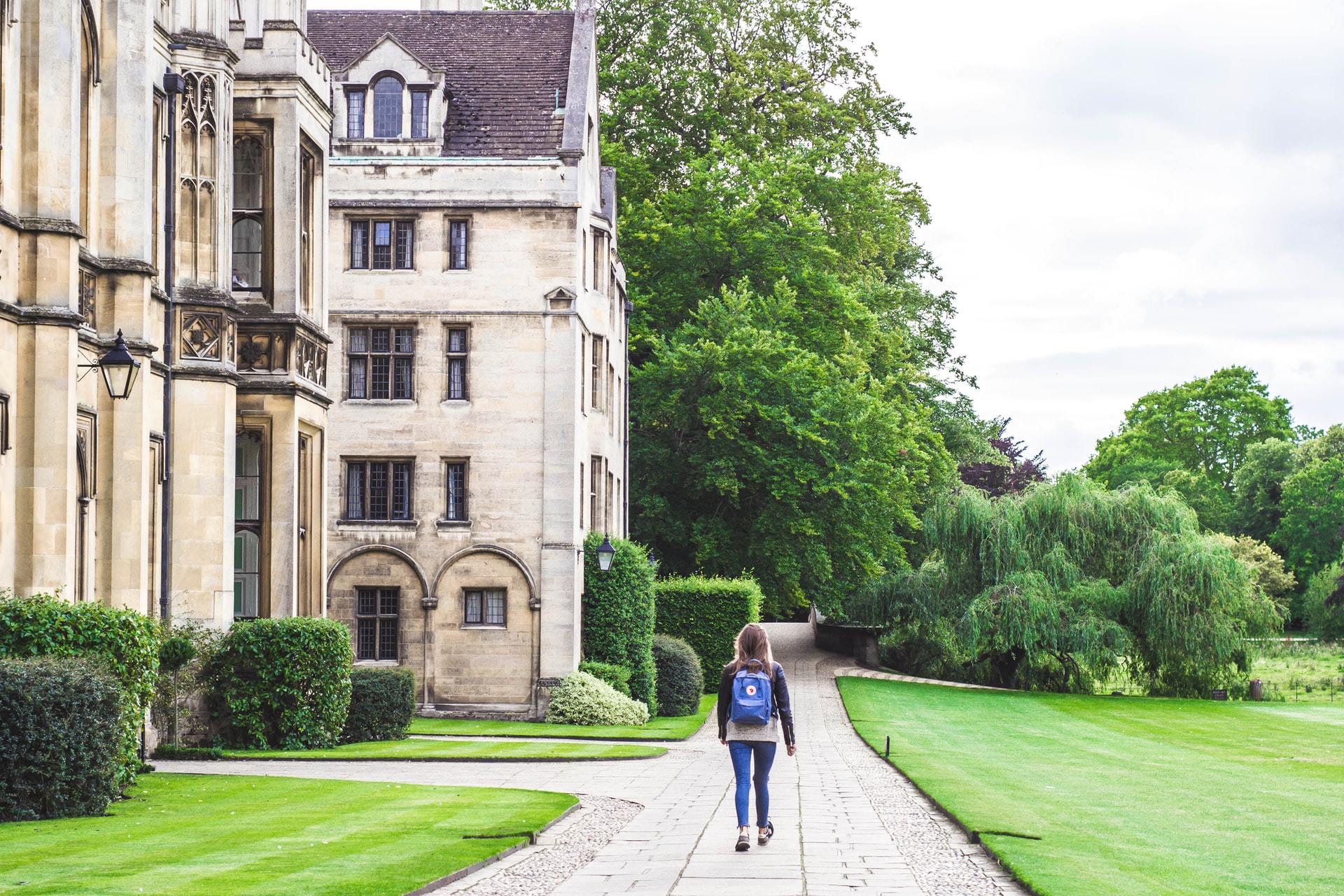Even though the world outside of school is changing quickly, most young people in the United States are not being prepared for success in the future. We are moving into a time when it won’t help much to just sit there and do what you are told. These tasks are getting easier and easier for a computer to do. We are trying to come up with a new way of teaching that fits better with the 21st century than the second half of the 19th century. This is going to take place. To put it simply, we are trying to speed up the process. I am the co-founder and CEO of AltSchool. My name is Max Ventilla. Working in Silicon Valley, working for Google, and living in this area make it hard not to let these experiences shape your worldview and make you think that a mission-driven technology company can make a big difference in the world for the better.

And as the father of young children, I can’t think of anything more important than their education that I can work on. I have the skills to do this. Since you are an entrepreneur, you have the start-up bug. It would help if you focused on something you’re interested in, and I’ll tell you what that something is. There is a problem, which is that the way we teach children now is based on mass production and, more specifically, a factory model. Because it doesn’t give that choice, nobody gets a personalized experience. The kids move on to a new topic after 45 minutes. When they do, they open their books to the right chapter and start reading. They studied all week because they had a test the following week. This activity teaches kids how computers think. And that won’t help these kids when they’re grown up and living on their own. Let’s say you want to make a huge difference in the way people learn.

In this case, getting a bunch of smart people together, having them do some research, and writing their ideas on a whiteboard won’t solve the problem. You should learn as much as you can about how the model looks. So, right after we started the company, we had to open a school. Then we opened three more schools, and then three more, and now we’re building two more personalized education schools. Every child should be able to choose how and when they learn, based on their own interests, instead of being forced to learn something at a certain time or in a certain way. And this is where technology plays a more important role than a more superficial one. In our system of education, personalization is mostly made possible by two different kinds of technology. “The Portrait” is the name of one of the tools. So, this shows all of the important things about each child, and other people can add to it so that it can be used to make sure that their day-to-day learning meets them where they are. This turns into another tool, like a playlist. Each child’s day is built around the songs on the playlist.
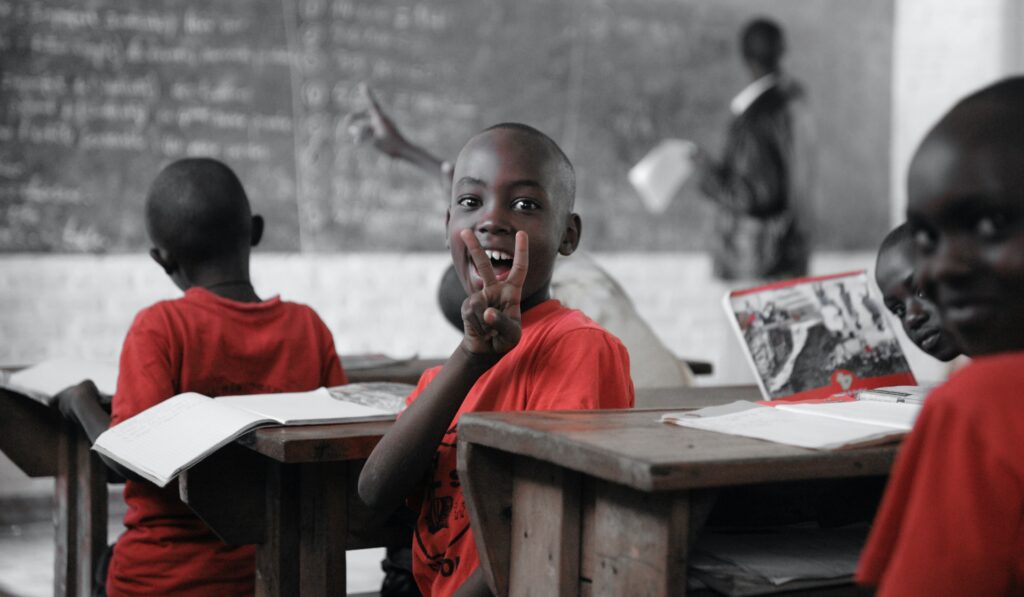
There is a calendar and a list of things to do. It lets each child choose the order in which they do the tasks, and as they get older, they can also choose the songs that play on the playlist. The goal is to give a child some control over their own lives. No one likes it when someone else tells them what to do, when, where, how, and with whom to do it. There is no one thing that is more disappointing than the whole. And if you don’t want to learn anything, you won’t be able to. There is no way to force a child to learn something. They have to take part in a certain event and really think about what is going on. We’ve seen that the first two years have shown a lot of promise. When it comes to the kinds of tests that are considered national standards, we’ve made a lot more progress than we would have in a year. But it’s also important to remember that children’s social and emotional development is improving.
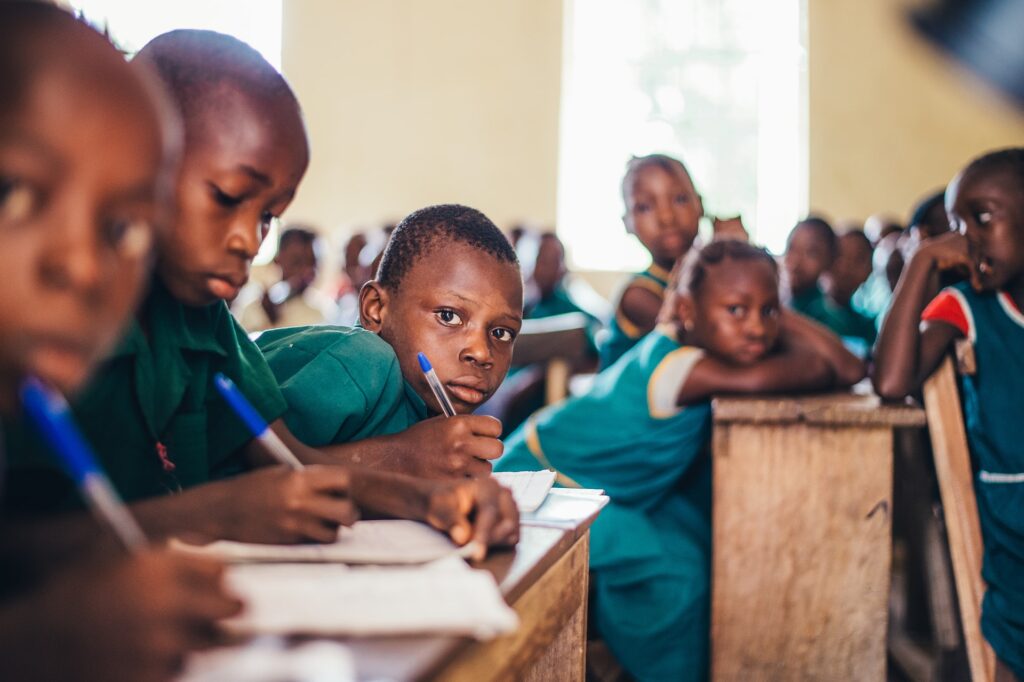
Perseverance, being able to work with others, managing one’s time, and setting goals are all skills that will help those kids when they go out into a world that will need them to have those skills. Her life will be different from mine because she went to a different kind of school than I did when I was her age. Bill Gates said that people overestimate how much they can do in a year and underestimate how much they can do in ten years. This is one of my favorite Bill Gates quotes. In the first year, each student will almost certainly cost us $100,000. times as difficult It will most likely cost us $100,000. The following year, it’s around 60,000; the following year, around 35,000; and the following year, around 25,000.
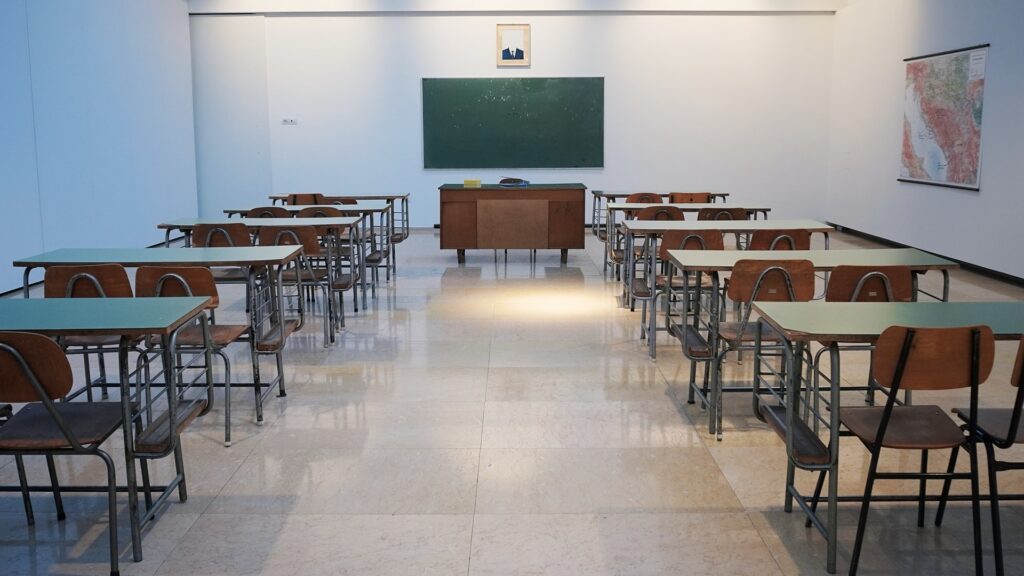
When the annual cost for each child drops to about $15,000, I think you’ve reached the level of media experience in many parts of the United States. Many public-school districts spend a lot more than the average amount listed below. We’re starting to wonder, “Okay, how do we take the platform we use to serve our own schools and share it with partners?” We just started working with the first group of partners who will open schools that are not run by our company. If you keep going down that path, you will eventually get to where you want to go.
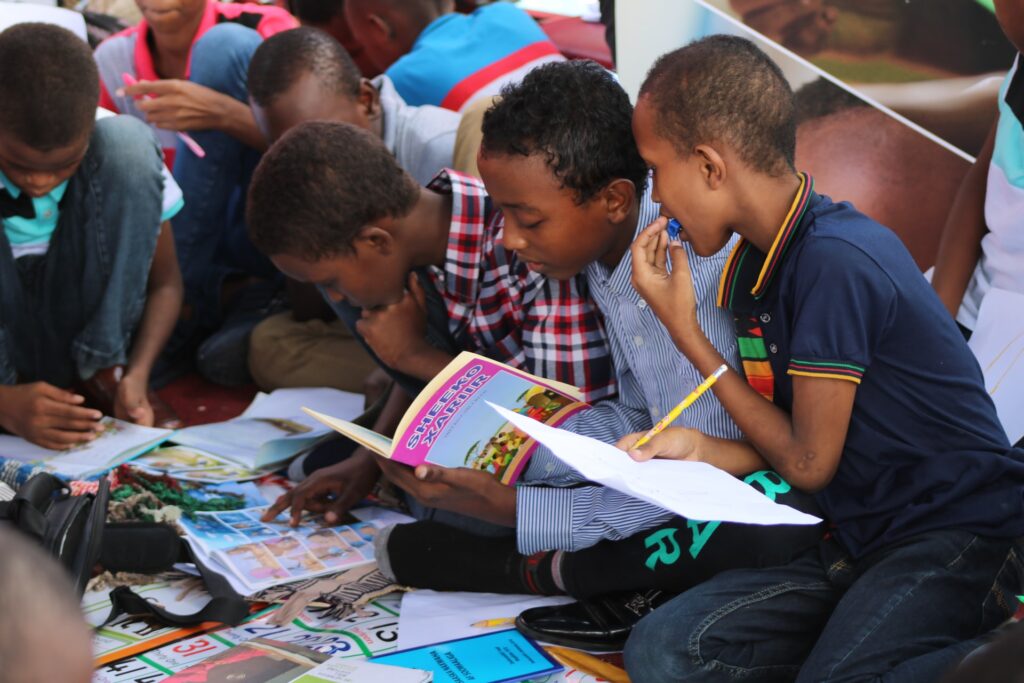
Creating a new ecosystem where all schools, old and new, can take advantage of a new, innovative way to teach children for the future. Behind their school is the main office of a tech company that is always busy. We see a future like that in ten years and don’t think it’s impossible. In general, it’s hard to start a new business. Most of the time, it takes a long time to start a new business. In this world, doing something this difficult is ten times, if not twice, as difficult. I’m three miles into the marathon and feeling great.

